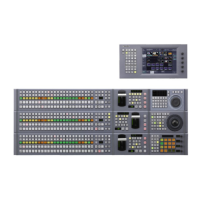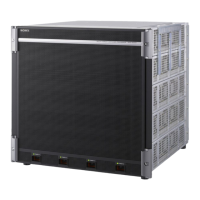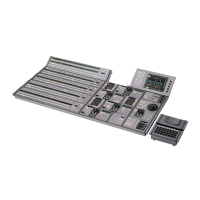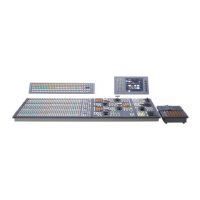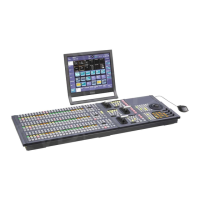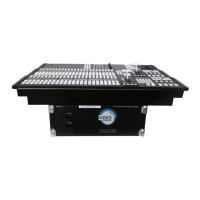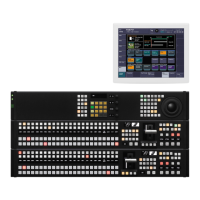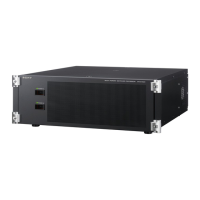Chapter 1 MVS-8000 Functions
41
Basic Video Processing
DME Wipes
A DME wipe is a wipe transition that uses a DME effect to change from one
video image to the next.
There are two types of DME wipe: those which can be selected for a normal
transition, and those which can be selected for an independent key transition.
The patterns that can be used for a DME wipe are as follows.
Slide, Squeeze, Split, Door, Flip tumble, Mirror, Sphere, Character trail,
Wave, Ripple, Page turn, Page roll, Frame in-out, Picture-in-picture, 2D
trans, 3D trans, Sparkle, Split slide, Mosaic, Defocus, Brick, and User
programmable DME
You can also specify the wipe direction, or set the pattern position, applying
various changes and modifiers to the selected DME wipe pattern.
Resizer DME wipes
Using the resizer, you can carry out key DME wipes.
For details, see Chapter 6 “DME Wipes” (page 333).
Frame Memory
Frame memory is a function for using a still image or video (frame memory
clip) as material for editing.
You can create a still image by capturing a frame of input video or a clip by
specifying a range of input video. The created images and clips can be written
to memory for playback, editing, and output.
For details, see Chapter 7 “Frame Memory” (page 375).
Color Backgrounds
This function can be used to obtain color background video.
Two color signals generated from the dedicated generators can be switched or
mixed, and then output.
For details, see “Color Background” (page 438).

